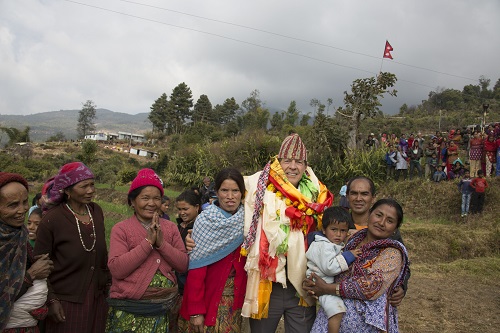The fast will begin at 12 noon, so you can have breakfast Thursday morning and then begin your fast with the Master Cleanse or just water, watermelon juice, carrot juice, or any of these, which are all very good for us. It is very important to drink a little every hour, especially water.
I juice every 2 hours or when I start feeling hungry. When fasting, it is important to drink 128 ounces of only purified or distilled water during the 24 hours. Do not drink tap or city water and no bottled water in plastic containers.
When you complete your fast Friday afternoon, start with a light vegetable soup as your first meal. Wait for 1 hour to make sure your digestive system is comfortable; then you could have a light meal, but wait until Saturday before eating a meat meal. This will give you the best results. Those who are comfortable with fasting know what to do.
I have been practicing and teaching fasting for over 43 years; it is the greatest modality for longevity and well-being.
If you have never fasted, this is an opportunity to have a wonderful experience. You will discover things you would not imagine such as an empowering lightness and an increase in your spiritual awareness; and naturally, the longer you fast, the greater the experience. If you feel a slight headache as your body starts to cleanse, just drink more fluids.
For those who choose not to fast, we hope you join us in prayer and giving.
Determine approximately how much you would save, which is probably $6 or $7 per family member per meal, and then donate that to the Nepal Children’s Home Project at the Young Living Foundation. This will enable us to fund the building of hundreds of homes, schools, and clinics.
Last week at the Winter Harvest, I had the honor of a member handing me $100. He said, “I do not know if I can fast, but I can donate.” This is the spirit of our Young Living members, who make it so special and wonderful, and I am proud of all of you.
We will be sending out the notice of when we will be in Nepal, so perhaps you can plan a trip to join us. Also, the Young Living Foundation will be sending out notices of the best airlines and times to travel and the things required to enter Nepal such as a visa, which you can get at the Kathmandu airport. Just make sure you have a passport photo with you. If you forget, they do have photo booths in the airport; it just takes a little longer.
All of the information will soon be forthcoming. We will list the villages and their locations where we will be building, the lodging, food, and other needs.
This is truly an opportunity to make a huge difference for millions of people as we join together worldwide in a cause greater than ourselves.
We will also be able to see one of the most spectacular sites in the world—Mount Everest and the majestic Himalayan Mountains. In addition, Nepal is home to many aromatic plants such as wintergreen, sandalwood, rose, lavender, melissa, and many that are yet unnamed, so I also plan to build a small distillery while we are there building homes.
This is what Young Living is about—changing the world one person at a time. However, this will allow us to change a nation—and everyone can be a part of that change.
Thank you,












